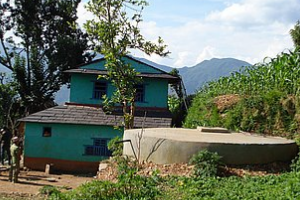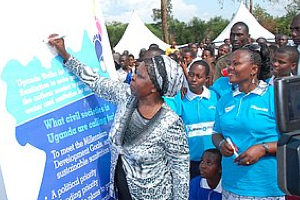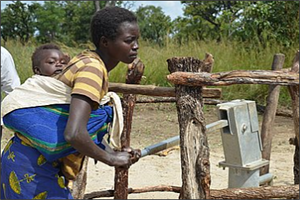The Finance Portal gives an overview of the costs of Water, Sanitation and Hygiene (WASH) service delivery, the financing sources to recover the costs, and tools and systems to monitor the financing of Water, Sanitation and Hygiene (WASH) service delivery in developing countries.
The information in this portal is structured around 3 main questions:
- What costs do I need to finance? - see Costs of WASH Service Delivery;
- How can I finance my costs? - see Financing Sources;
- How can I monitor financing? - see Monitoring Finance.
Costs of WASH
Service Delivery
|
Financing Sources
|
Monitoring Finance
|
|
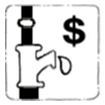
Introduction
| The costs for sustainable water, sanitation & hygiene service delivery include: new system construction, operation & maintenance, administration & planning, extension & improvement of services, and eventual replacement of infrastructure.
|
|
|
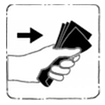
Introduction
| The main financing sources to recover the costs of sustainable water, sanitation and hygiene service delivery are (a combination of) taxes levied by national governments, transfers made by development partners, and tariffs paid by users of a service.
|
|
|
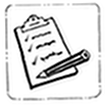
Introduction
| An overview of tools, such as the Millenium Development Goals (MDG) Costing and Financing tool, as they are available to governments, NGOs and donors. Use these tools to monitor the costs of sustainable water, sanitation and hygiene service delivery and to inform planning.
|
|
|
|
Field experiences
The following project(s) make use of finance methods or sources.
Acknowledgements
Much of the material in this section is sourced from the International Water and Sanitation Centre (IRC).

